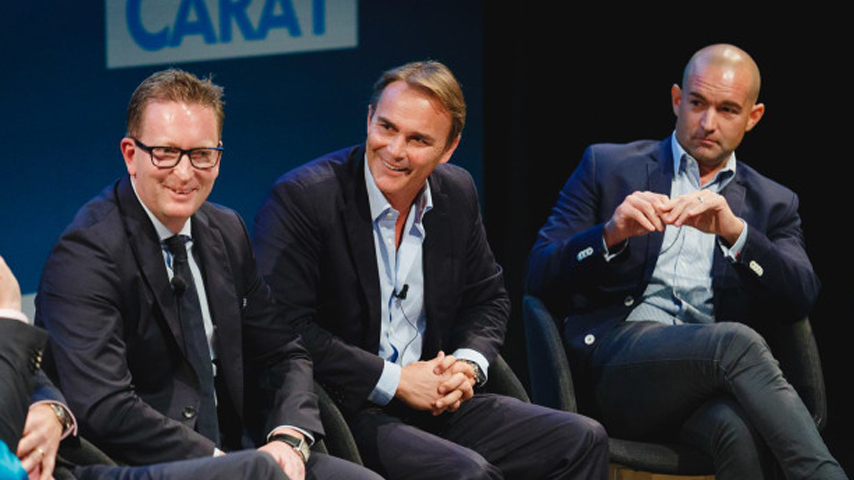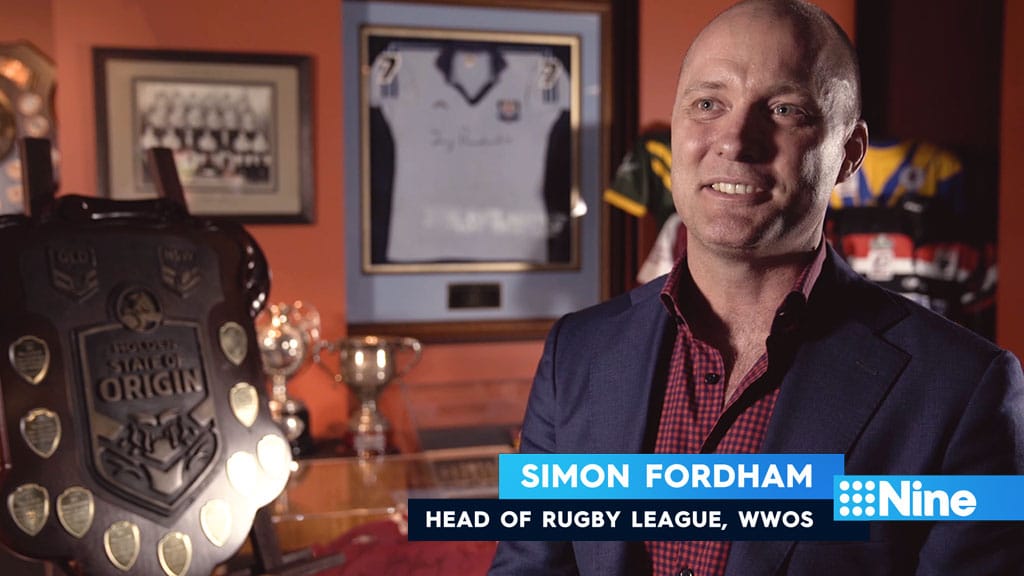The explosive growth in connected TV and technology advances that allow the industry to offer a pathway to addressability are the major growth opportunities, according to some of television’s most senior executives.
Speaking on a panel at the Adnews Media and Marketing Summit last Friday, Kim Portrate, CEO of Think TV, Kurt Burnette, Chief Revenue Officer for Seven West Media, Michael Stephenson, Chief Sales Officer at Nine, and Mark Frain, MCN Sales and Marketing Officer, outlined the steps they had each taken to bring addressability to the Australian market.
Kurt Burnette noted how a sudden uptake in connected TVs has helped the door open to addressable television.
“We are seeing forty-seven per cent of devices using our platform are connected televisions,” Burnette said. “That’s a figure which is bigger than mobile, bigger than desktop. Connected TV is here, it’s big and it’s real, and when it comes to addressability it is going to be incredibly powerful.
“What our proposition is about is reach, but now we also have addressability.”
Mark Frain echoed Burnette, saying: “TV will remain the most powerful medium, but it’s just gotten a whole heap better.
“What gives me great confidence that TV will grow with this new technology is that it opens up a whole new pool of advertisers that previously ignored it because it is either a national signal or because the advertising isn’t being geo-targeted for where I’m based as a brand or business. But now you can.”
According to Kim Portrate, ThinkTV’s the definition of addressable advertising, it is defined as “advertising that uses a unique ID to deliver targeted advertising messages to specific households or specific individuals”.
Michael Stephenson said the Australian television sector was leading the world in this space. “I’m the eternal optimist, but I think we in Australia are not just in line with the world but in many cases we are leading world in this area.
He cited Nine’s experience in building the live-streaming and on demand platform 9Now as an example of the strategic decision-making that had gone into preparing the way to offer marketers addressability.
“At Nine we made a bold decision just over two years ago, when we invested in 9Now, to ask consumers to sign in to that product to consume our content,” Stephenson said. “At the time there were people both internally and externally who were nervous about that, or who thought it was a bit of a crazy decision.
However, time has obviously told the story and we sit here today with millions of Australians who have downloaded the app or signed up to the platform.
Stephenson said Nine would roll out its addressability solution to market later this year. “It can be our greatest challenge if we over-complicate this, make it too difficult and disappear into discussions about cross-channel attribution. We must keep it simple, make it viable, and show how we can achieve mass brand building.”
Publicis Media CEO Matt James, who was also on the panel, said one of the challenges around addressability was the different expectations in-market about what can be achieved.
“Today there is a utopian expectation, and then there is a pragmatic expectation around addressability,” James said. “From a utopian perspective we are about creating single IDs. That is where we want to get with brands and advertisers, where we can connect exposure to behaviour.
“But then there is the more pragmatic view in terms of addressability. I think we should be cautious in how far we take that in terms of attributing all their purchasing through the (sales) funnel.
“In the broadcast sense, it’s really trying to find the balance between how you fill the top of the purchase funnel and how you use different levels of addressability, and addressable media, right the way through to purchase intention and conversion.
“Right now there are limitations, particularly when it comes to scale. We need this collegiate universal measurement around addressability from a broadcast perspective, which I think will be a good game changer to help build that scale when it comes to IDs and customers.”
Kurt Burnette said marketers were already looking to seize on the opportunity offered in the BVOD market. The Seven sales boss noted that investment in linear broadcast TV has already seen a recovery in the past year, and investment in advertising on BVODs is also a major driver of growth.
“In the fiscal year to date, the TV market has grown by a couple of per cent while the broadcast video on demand market is going to be around $90 million on top of that TV growth,” he said.
“By the very nature of the way it is unfolding, we would suggest there is opportunity for growth or to pull money from different areas because it has been planned that way. The view is that if it is $90 million now, in 2023 that BVOD market could be $1.7 billion even if television loses some of that revenue.”






